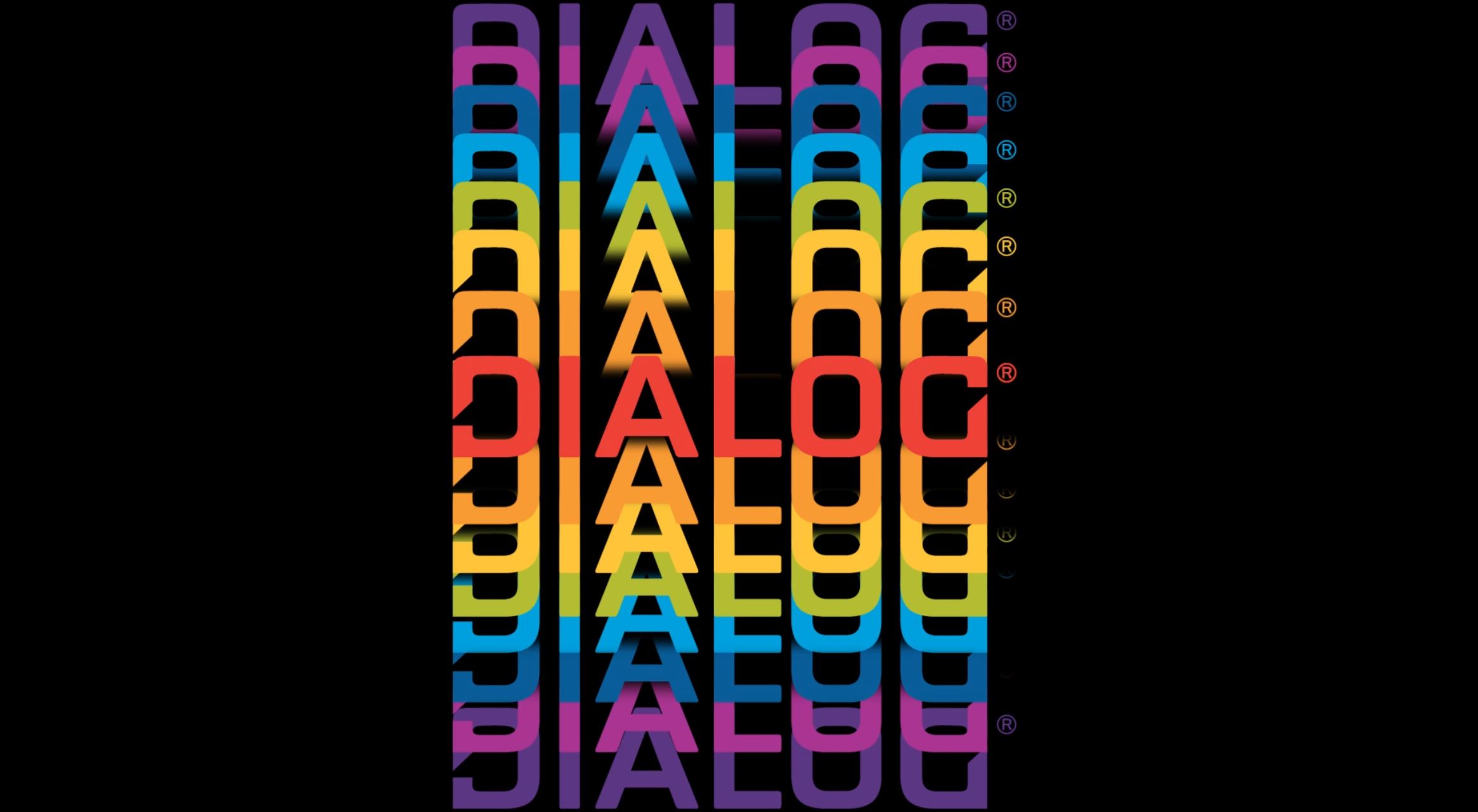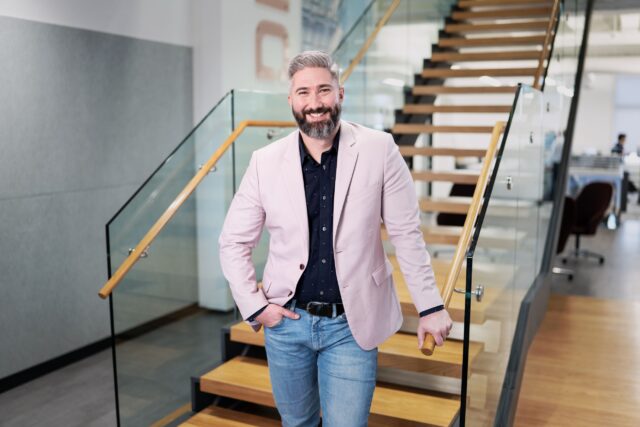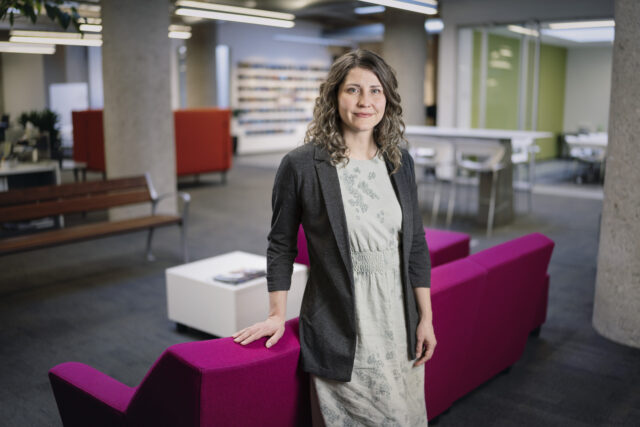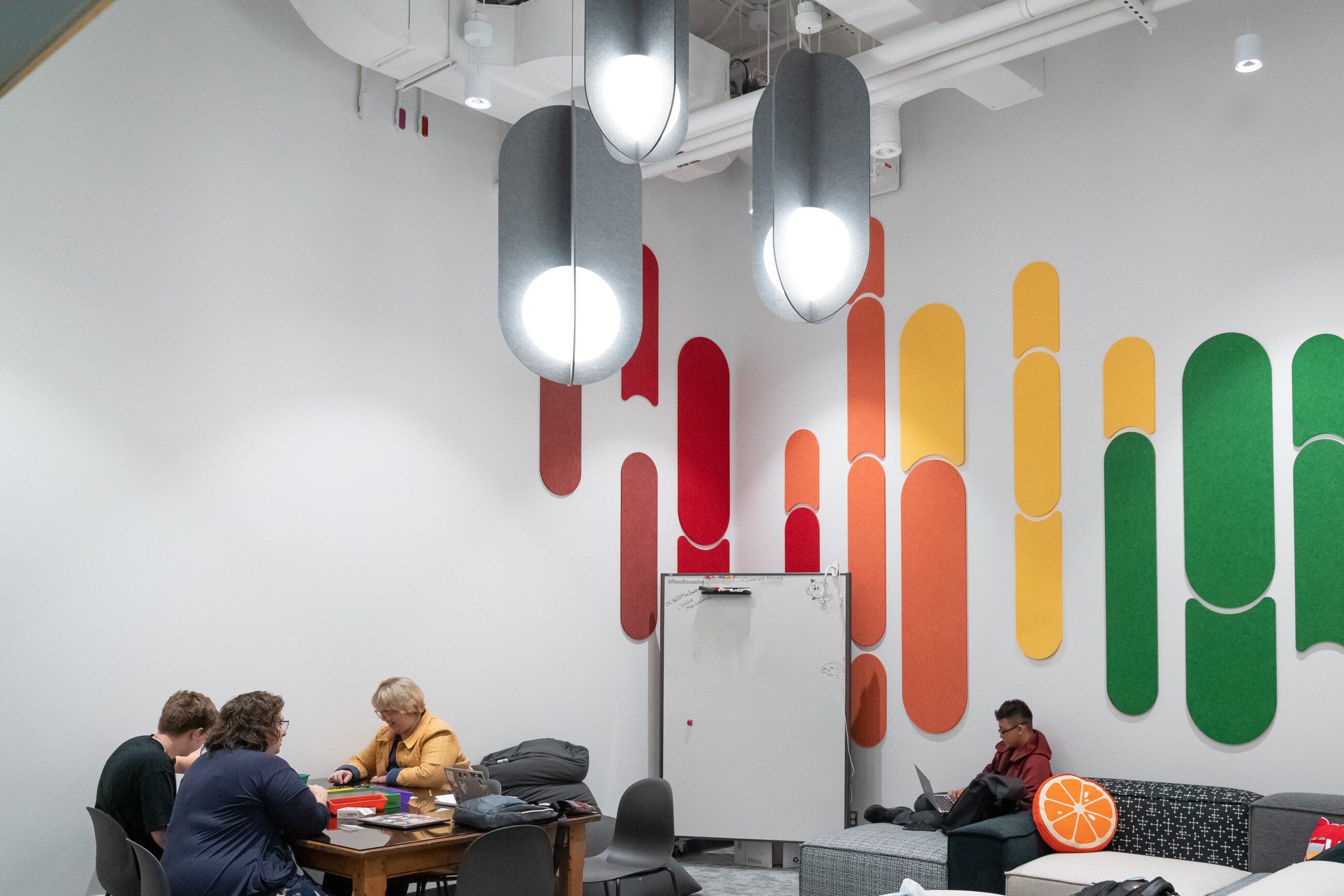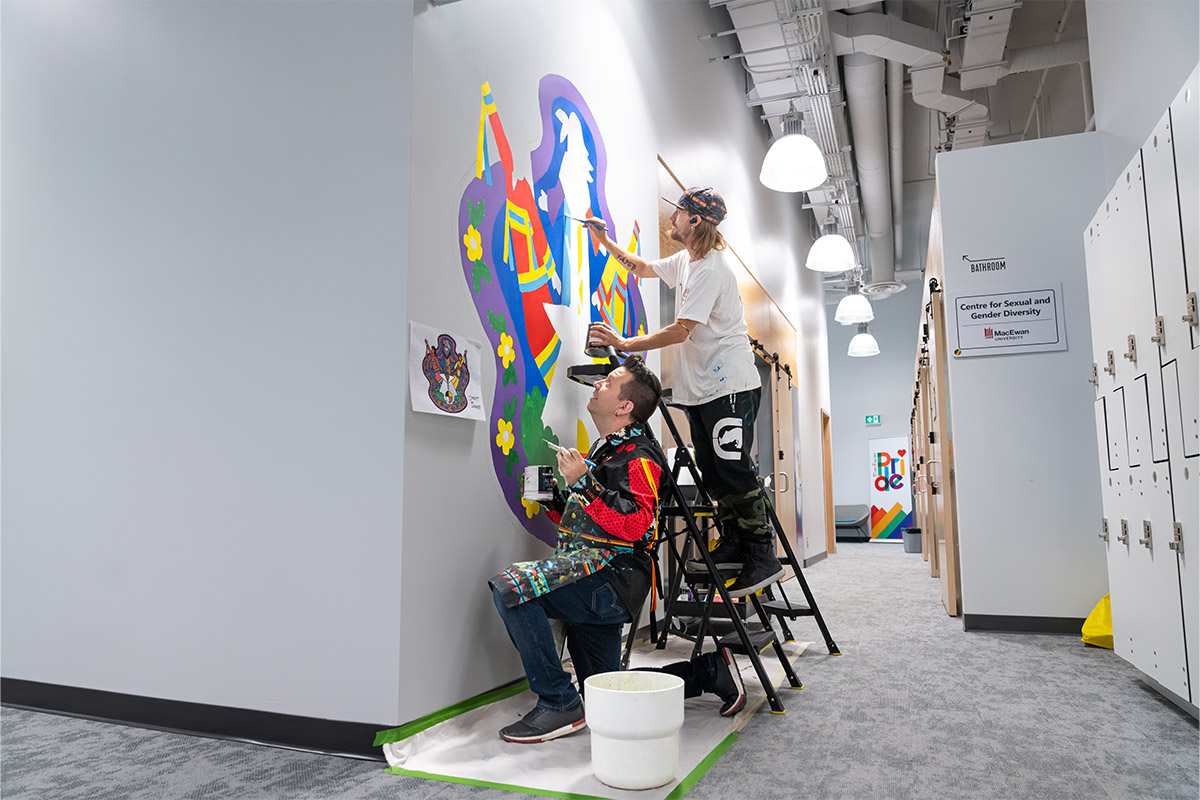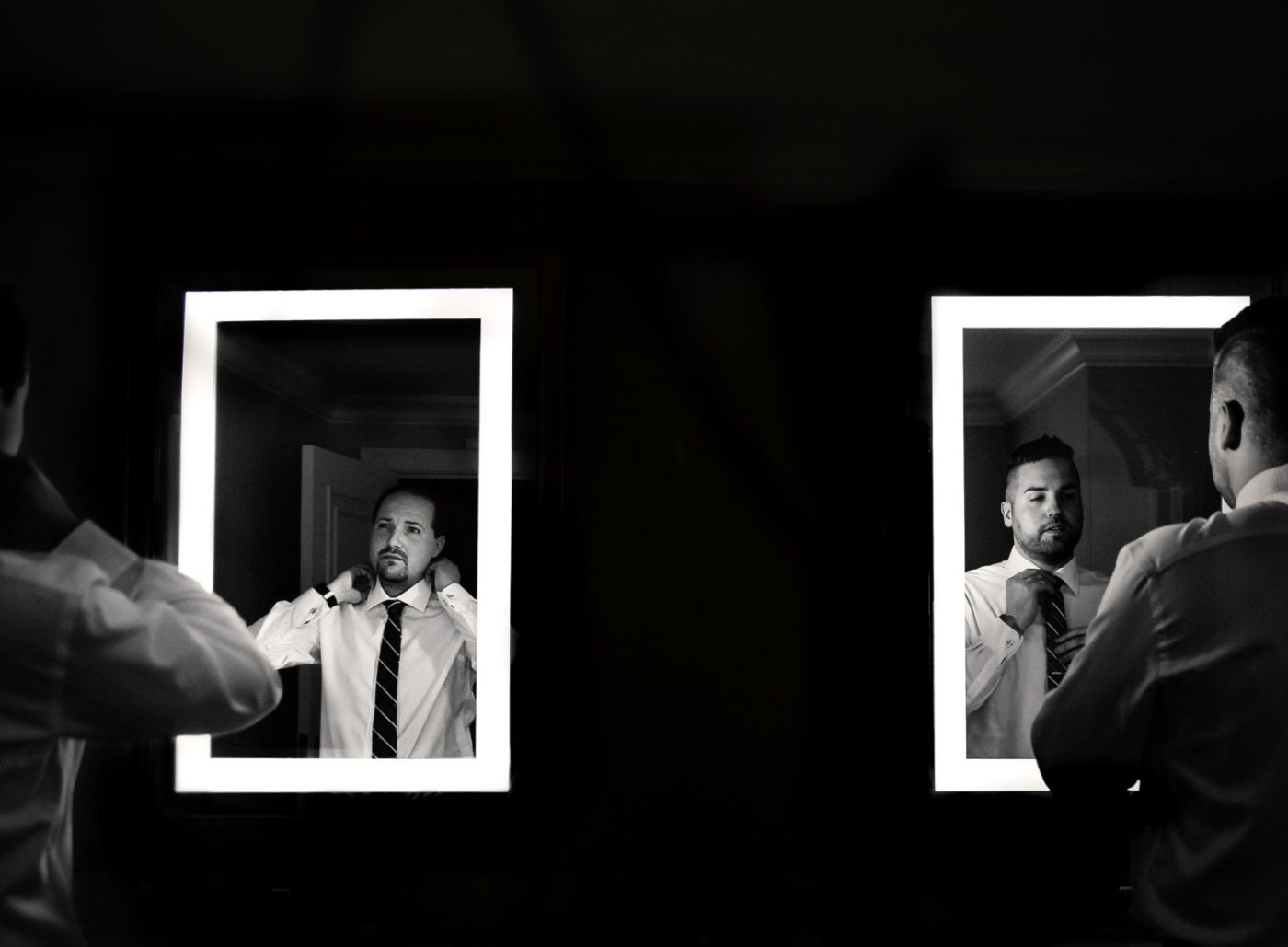Jason Abelson | Vancouver Studio Administrator
What does Pride mean to you?
Pride is a celebration of how far we have come as a society and a reminder of how much further we still have to go. There are still endless laws worldwide targeting the LGBTQ2S+ communities, so the fight for equal rights is ongoing. While we are legally protected here in Canada, discrimination and prejudice are fairly common, especially outside the bigger cities. Pride is a time for us to come together as a community, raise awareness of the issues we still face, and hopefully take a few steps closer to a world where everyone is accepted, despite their differences. For me, a gay trans man, Pride is the time I welcome questions, hoping to share some knowledge and break down stereotypes.
What does allyship look like to you?
Allyship is taking the time to listen to those in the community and trying to understand what they are saying. There is no one way to be an ally, but support without judgement goes a long way. We don’t need rainbow flags everywhere, but knowing that those around us are willing to stand up for us gives us a sense of security. We are a minority, so we need the help of our allies to make our voices heard.
How has DIALOG helped to foster an inclusive community?
When I came into the Vancouver studio for my first interview, the rainbow DIALOG logo immediately made me smile. My “buddy” was someone that I quickly knew would be accepting of me, making me feel more comfortable here at DIALOG. One of the partners, too, wants my input on how we can make DIALOG more welcoming and inclusive to LGBTQ2S+ individuals, recognizing that we still have quite a way to go. The rainbow logo on the front door is not enough, but it is a great first step! The response to my wanting to present on everything transgender has been incredibly positive, so I know DIALOGers want to learn more.
How do you see design being able to support the LGBTQ2S+ community?
Design has the opportunity to create a space that feels welcoming to everyone, not just LGBTQ2S+ individuals. However, it’s the people who occupy a space that make it feel welcoming. As a trans person, gendered bathrooms still make me anxious 11 years after starting my transition. A push toward gender-neutral bathrooms is a relief, knowing that one day the worry of bathrooms will no longer be an issue when going to new places.
